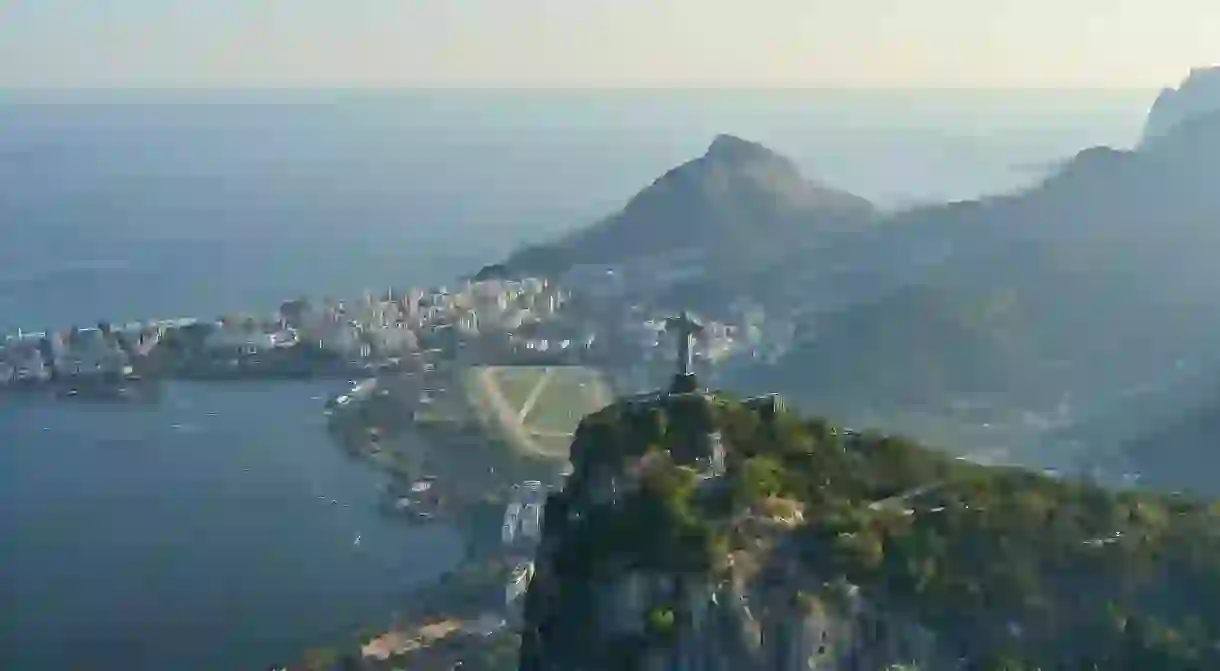10 Amazing Things You Didn’t Know About Christ the Redeemer

Almost everyone has probably heard of the Christ the Redeemer, and it is one of Rio de Janeiro’s most visited tourist attractions. Yet the iconic monument still holds some surprises up its sleeve. Here are 10 incredible facts you probably didn’t know about this famous landmark.
It took a long time to build
The Christ the Redeemer statue stands on top of Corcovado, a 710-metre-high (2,329 feet) mountain covered in the thick vegetation of the Atlantic Forest; this, coupled with the fact that the statue stands at 38 metres (124.7 feet) tall, meant that completing the statue took a long time. Nine years in fact – construction began in 1922 and only finished in 1931.

The statue is huge
It is among the tallest statues of Jesus in the world, third only to the Cristo de la Concordia in Bolivia that stands at 40 metres (131.2 feet) tall and Christ the King in Poland that stands at a massive 52 metres (170.6 feet).
It has an impressive title
In July 2007, the Christ the Redeemer was declared as one of the New Seven Wonders of the World.
It is a weather hazard
The fact that the statue stands on top of a large mountain makes it prone to lightning strikes, and it gets hit several times a year. In 2008, an enormous thunderstorm damaged the head, eyebrows, and fingers. Later, in 2014, lightning hit and broke one of Christ’s fingers.

It is a fine example of Art Deco
The Christ the Redeemer is the largest Art Deco statue in the world, created by French sculptor Paul Landowski and then constructed by Brazilian engineer Heitor da Silva Costa and French engineer Albert Caquot.
It used to be different
The Christ the Redeemer that everyone loves and knows today is actually very different from its original design. The initial plan was a large Christ with a globe in one hand and a cross in the other. Although the project organisers originally accepted the design, it later changed to the statue of today, with the arms spread out wide.
It will get darker with time
Over the years, the statue will gradually get darker. The light coloured stone was taken from a quarry near the city of Ouro Preto in Minas Gerais, as chosen by da Silva Costa, the designer of the Christ. It turns out that the stone is hard to replace as it is in short supply, leaving restorers resorting to using different types of stone to fix any damage. The result is that a stone in a darker hue is gradually replacing the light colour of the statue.

It was victim to honest vandals
In 2010, graffiti artists defaced the statue by writing over the surface. The then-mayor declared this act as a ‘crime against the nation’, resulting in the vandals turning themselves into the authorities.
It exists thanks to the Catholic Church
The Catholic Church in Brazil donated money that completely funded the Christ the Redeemer.
It used to be hard to get there
After taking the train or van or hiking up the mountain, visitors then had to climb a flight of 220 steps to reach the Christ the Redeemer, which was the only access available, even for senior citizens or disabled visitors. However, in 2003, much to the relief of all future visitors, an escalator was installed so that visitors can make the journey up with much more ease.













